IT is absolutely imperative that the mare’s placenta or “afterbirth” is inspected after foaling. If there is any placenta left in the mare after foaling it can be fatal. If you are not confident examining it yourself, keep it in a bucket or strong plastic bag for your vet to examine. The placenta should be passed within three hours of foaling. Here are some steps to follow when examining your mare’s placenta:
This content is copyright protected!
However, if you would like to share the information in this article, you may use the headline, summary and link below:
Title: FOALING FEATURE 2020: Examining the placenta
Examining the mare's placenta after foaling is extremely important. We outline some steps you can follow when inspecting the afterbirth
https://www.theirishfield.ie/foaling-feature-2020-examining-the-placenta-525441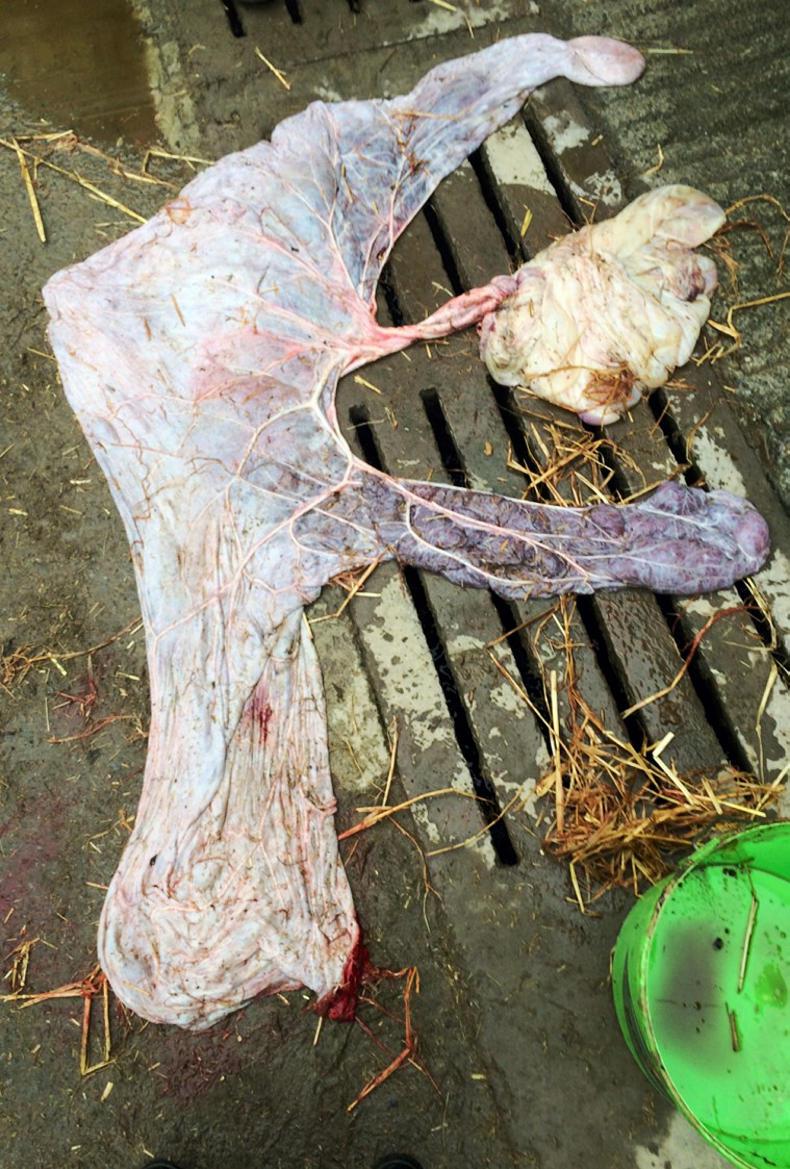

 This is a subscriber-only article
This is a subscriber-only article
 It looks like you're browsing in private mode
It looks like you're browsing in private mode




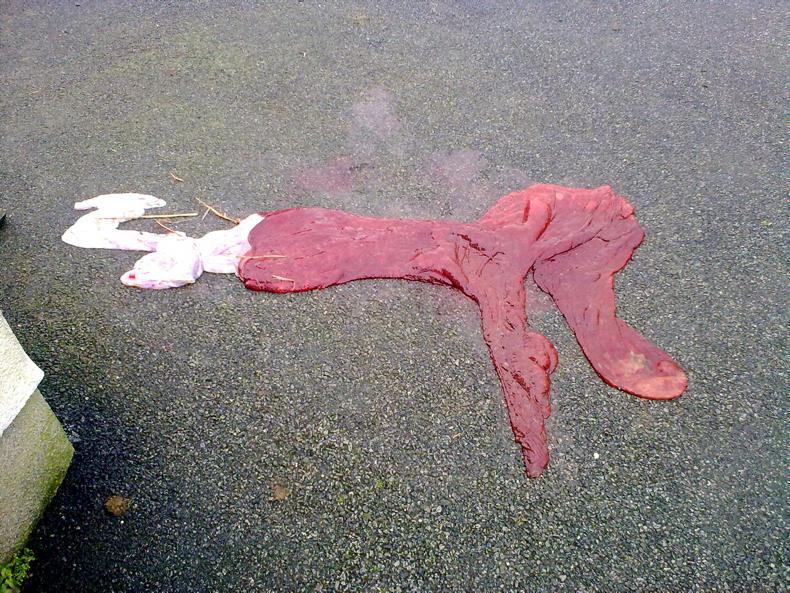
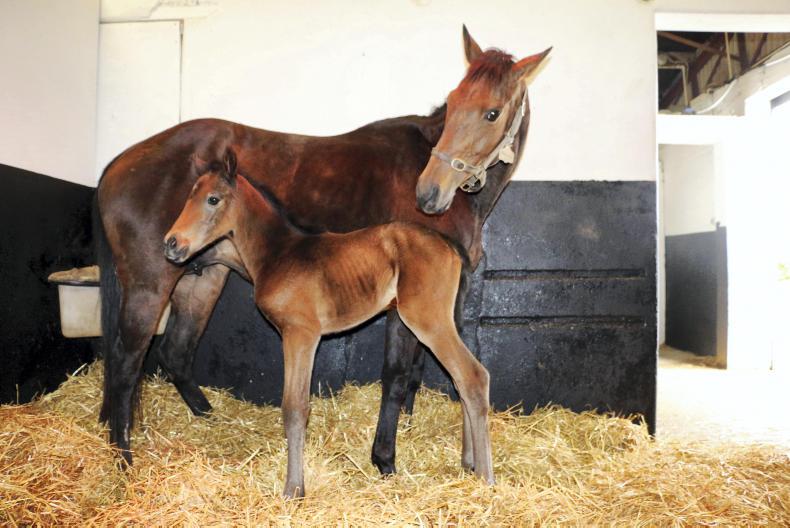

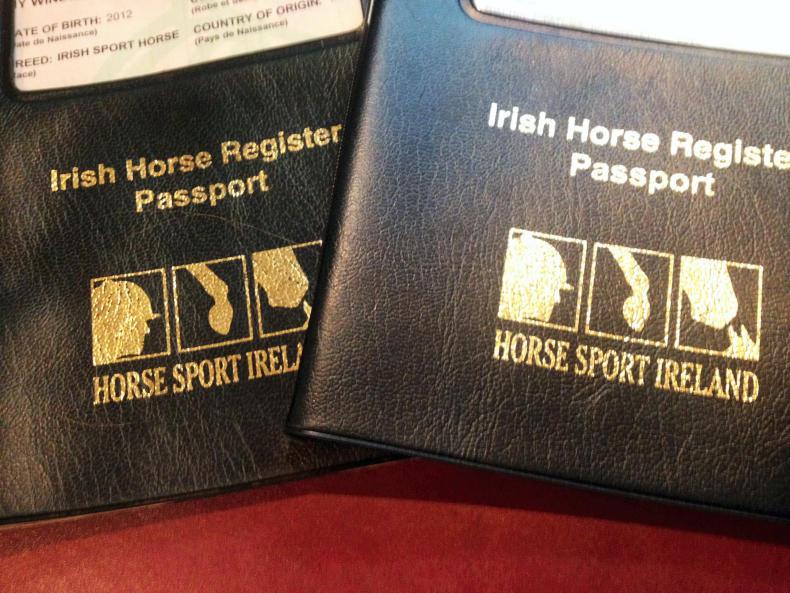

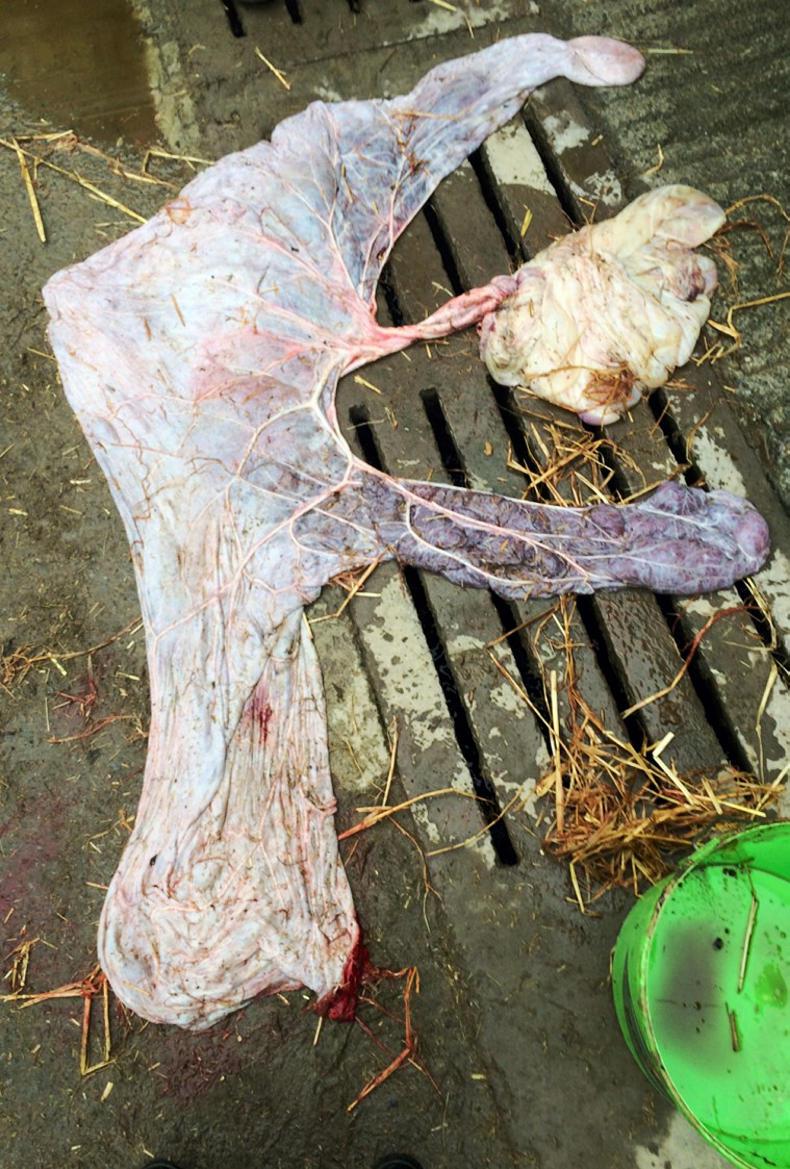
SHARING OPTIONS: